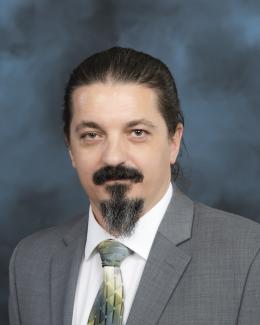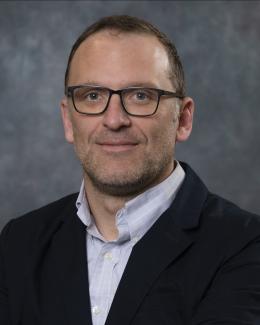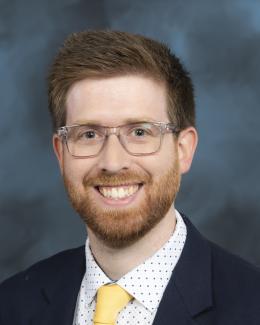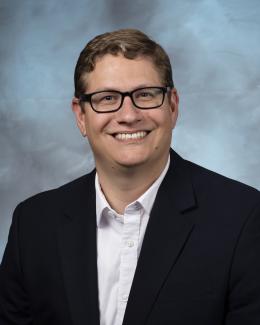Abstract
The ability to manipulate the formation of microstructure is one of the potential advantages of additive manufacturing. Yet, the additive manufacturing process is riddled with complex interactions between processing parameters, geometry, and spot melting sequence which makes the task of controlling microstructure challenging. This paper proposes a method to solve the microstructure texture optimization problem by leveraging established optimization techniques and increasingly fast and accurate analytical heat transfer models. Respectively, we apply two different optimization algorithms, genetic algorithm and concurrent greedy line search, in order to induce arbitrarily shaped microstructure regions and we use a heat transfer model to evaluate the fitness of solutions in an iterative approach that is far more efficient than pure trial and error. The objective of the optimization algorithm is to control local thermal conditions – hence microstructure formation – during the melting process by manipulating the order and the dwell time of all the points of the infill pattern sequence. We then analyze the optimized sequence to determine important path characteristics that affect the microstructure formation. Through examples, we show that relative order and frequency, as measured by weighted average and variance of spot order, are important factors that influence the final characteristics.





